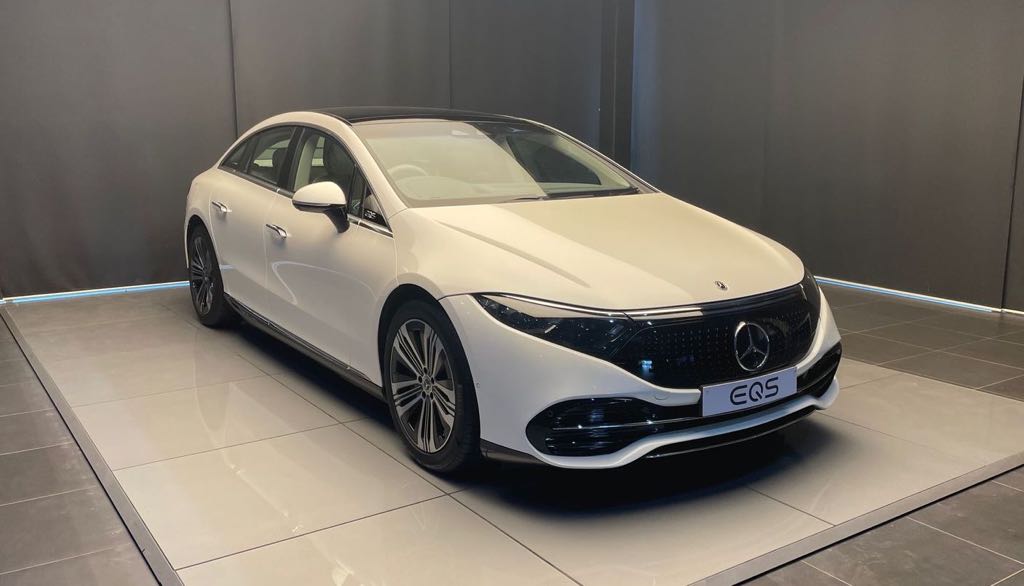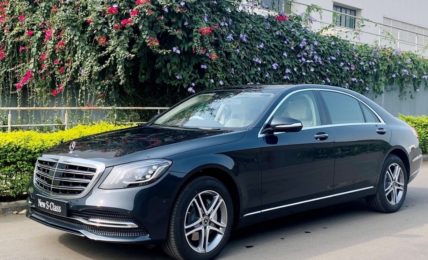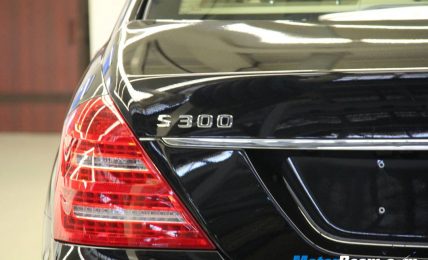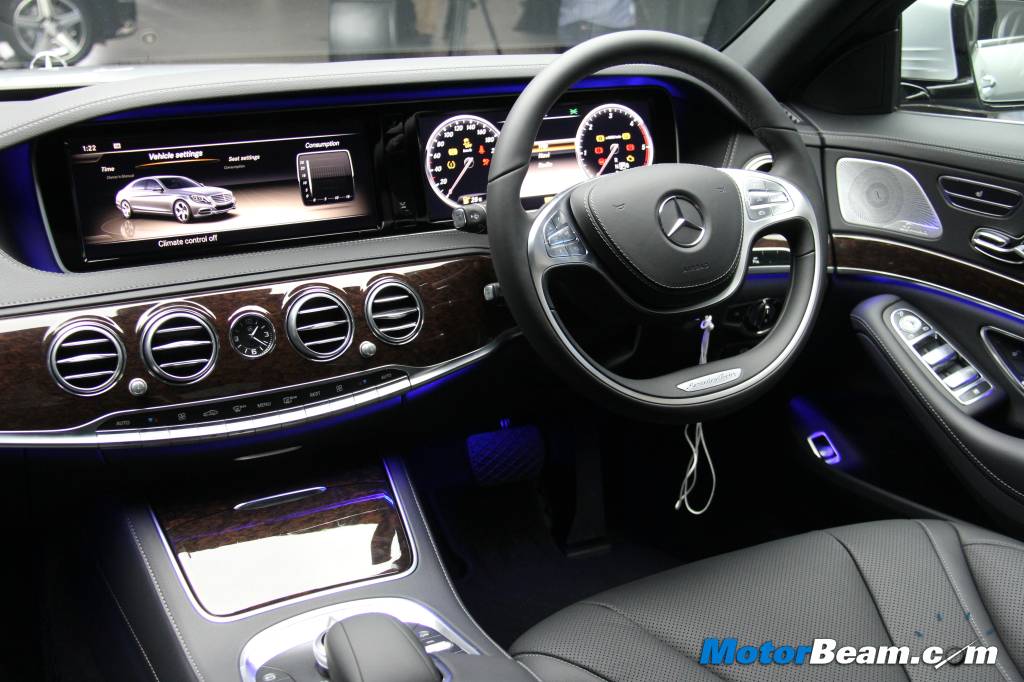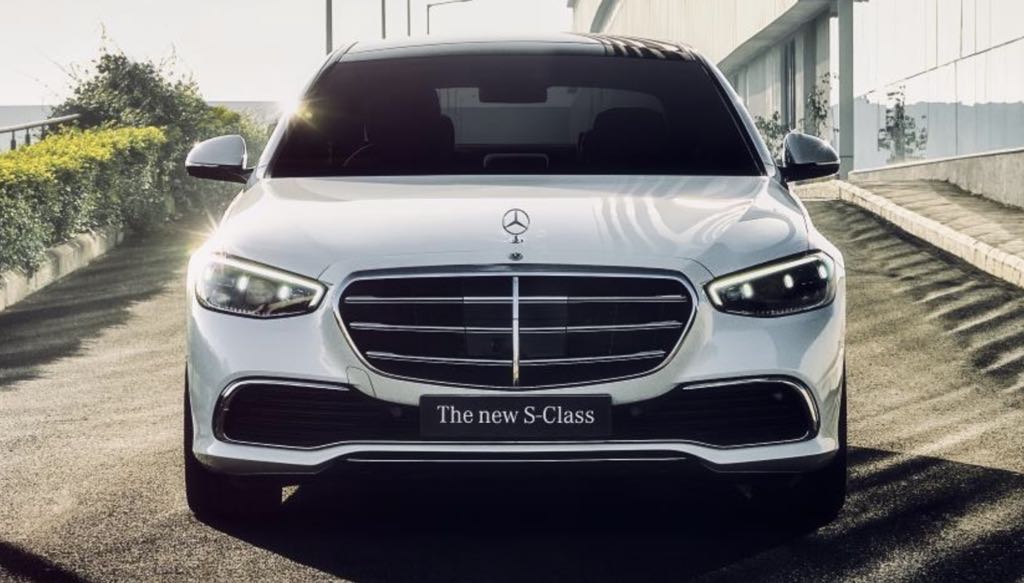
Mercedes S-Class new gen to replace EQS with EV version having the same body
Mercedes-Benz is set to consolidate its flagship models, the S-Class and EQS, under a single nameplate in a strategic move aimed at harmonising its electric vehicle and internal combustion engine line-ups. This unification marks a significant shift in the brand’s approach, as it aims to bring parity between its traditional and electric-powered offerings.
Future of the S-Class: Two Versions, One Name
By 2030, the next generation of Mercedes-Benz’s flagship model will be available in both ICE and EV versions, a move confirmed by CEO Ola Källenius. This decision diverges from earlier plans to phase out the combustion-powered S-Class in favour of the EQS, which was introduced in 2021 as the brand’s premier electric sedan. Instead, Mercedes-Benz will retire the EQS name, continuing the S-Class legacy with two distinct powertrain options.
Källenius emphasised that both the ICE and EV versions of the future S-Class will share similar exterior and interior designs, aligning with Mercedes’ strategy to create a cohesive brand identity across its vehicle range. However, these models will be built on different platforms: the EV variant on the upcoming MB.EA Large platform, while the ICE version will utilise an advanced version of the current MRA architecture.
Sales Challenges and Strategic Adjustments
This strategic shift comes in response to declining sales of both the S-Class and EQS. In the first quarter of 2024, S-Class deliveries dropped by 37%, leading Mercedes to reduce production to a single shift at its Sindelfingen factory, which also produces the EQS. Despite a 73% increase in EV sales compared to 2022, electric models accounted for only 11% of Mercedes’ global sales in 2023, falling short of the projected 20%.
These challenges have prompted Mercedes-Benz to reassess its EV strategy. Initially, the company aimed for electric and plug-in hybrid vehicles to constitute 50% of its annual sales by 2025. However, this target has been revised to 2030, reflecting the slower-than-anticipated growth of the EV market in Europe and globally.
Investment in ICE and EV Technologies
In light of these developments, Mercedes-Benz has committed to extending the life of its key petrol and diesel models by integrating advanced electrification technologies. Källenius confirmed that the company would invest up to €14 billion in research, development and production facilities focused on digitalisation, electromobility and combustion engine advancements throughout 2024.
While some rumours suggested that Mercedes might deprioritise the MB.EA Large platform in favour of enhancing the existing EVA2M platform, Källenius reaffirmed the company’s commitment to the development of new EV technologies. The MB.EA Large platform is expected to underpin the next-generation S-Class EV as well as future electric versions of the E-Class, GLE and GLS.
Upcoming Revisions to Existing Models
Before the new unified S-Class arrives, both the current EQS and S-Class models will undergo significant updates. In late 2025, the EQS will receive a major technical upgrade, including the transition to an 800V electric architecture for faster charging times and improved range. The S-Class, on the other hand, will be facelifted in 2026, featuring a refreshed design, upgraded MBUX Superscreen and enhanced autonomous driving capabilities.
It seems like the Mercedes S-Class is facing the heat from the BMW 7-Series, which is doing decent numbers with both the ICE as well as the EV version. We believe the BMW i7 has become popular because of the fact that it looks exactly the same as its ICE counterpart and there are no quirky design elements to make it look like a sci-fi world inspired EV.
